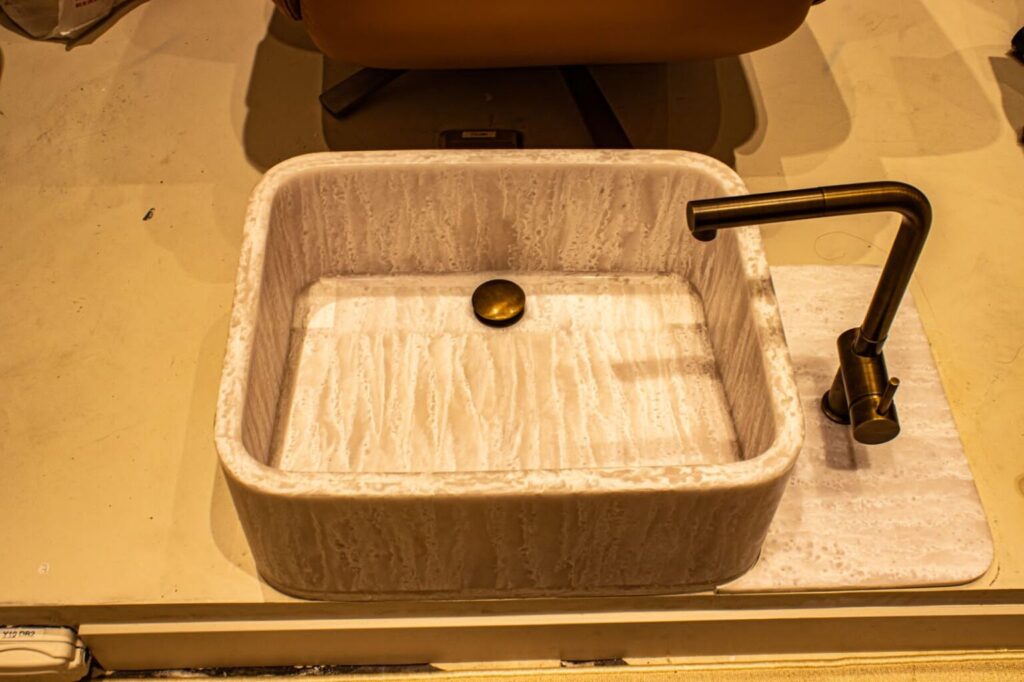In bathroom fixtures, “sink” and “washbasin” are often used interchangeably, leading to confusion about their differences. While both provide a water source for washing hands or performing other tasks, there are subtle distinctions between the two. This article will explore the dissimilarities between sinks and Corian washbasin, shedding light on their unique characteristics and applications.
Design and shape:
The design and shape are among the primary distinctions between a sink and a washbasin. A sink typically refers to a more practical fixture with a functional design. It often features a square shape, such as a round, oval, or rectangular basin, and is commonly integrated into kitchen countertops or bathroom vanities. Sinks tend to focus on practicality and efficiency.
On the other hand, a washbasin leans more towards a decorative and ornamental design. It often showcases various shapes, sizes, and styles, including bowl-shaped, vessel, or pedestal designs. Washbasins are frequently standalone units that are prominent bathroom fixtures, emphasizing visual appeal and enhancing the overall aesthetics of the space.
Installation and placement:
The installation and placement of sinks and washbasins differ as well. Sinks are commonly recessed into a countertop or vanity, with the rim or edge of the sink flush with the surface. This integration provides a seamless and cohesive look, making cleaning the surrounding area easier and maintaining a tidy appearance.
Conversely, washbasins are often freestanding or mounted on top of a countertop or vanity. They typically have a visible and elevated presence, becoming a focal point in the bathroom. Washbasins allow for more creative and artistic installations, as they can be placed on unconventional surfaces or combined with unique materials to create a distinctive design statement.
Size and depth:
Sinks and washbasins may also differ in terms of size and depth. Being more utilitarian, Sinks often come in standardized sizes catering to practicality and functionality. They have a moderate depth, providing ample space for daily tasks like handwashing or dishwashing.
Washbasins, on the other hand, can vary significantly in size and depth. They often offer more design flexibility, allowing deeper basins to accommodate larger amounts of water or provide a more luxurious washing experience. In some cases, washbasins also have a shallower depth, emphasizing their aesthetic appeal rather than their functional capacity.










More Stories
Benefits Of Sleep Training With A Professional
Transforming Your Outdoor Space With Villa Landscaping
How AI is Changing Toner Cartridge Supply Chains